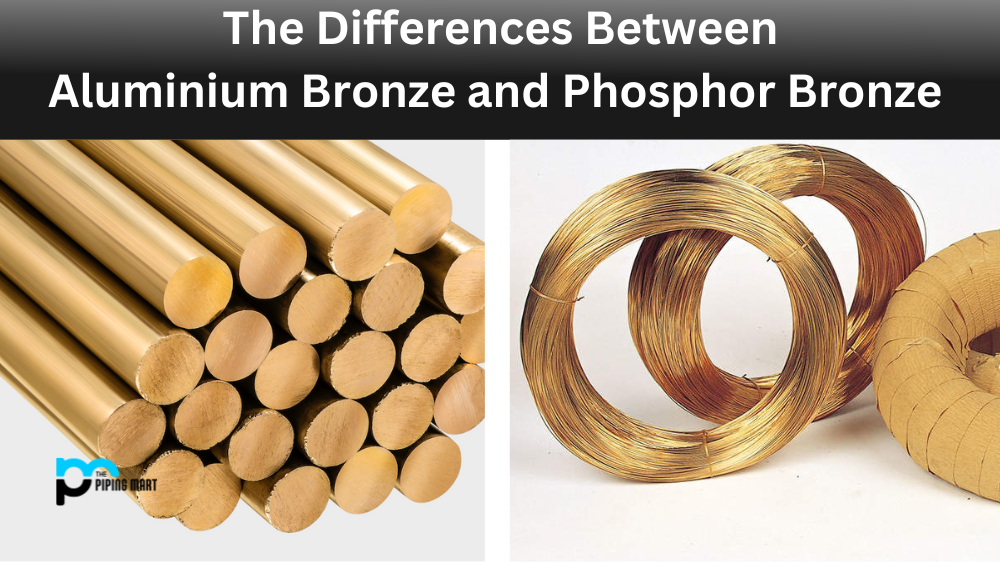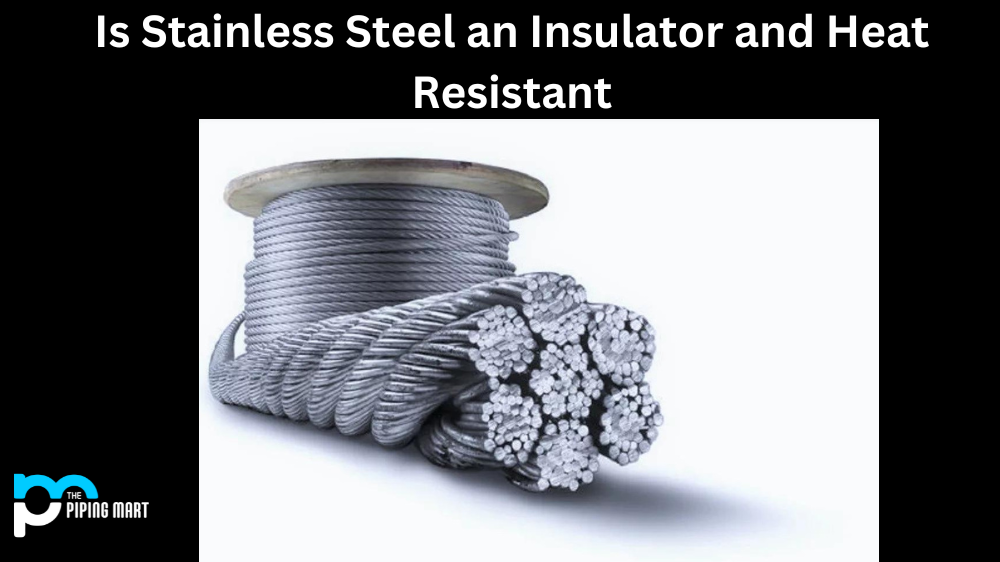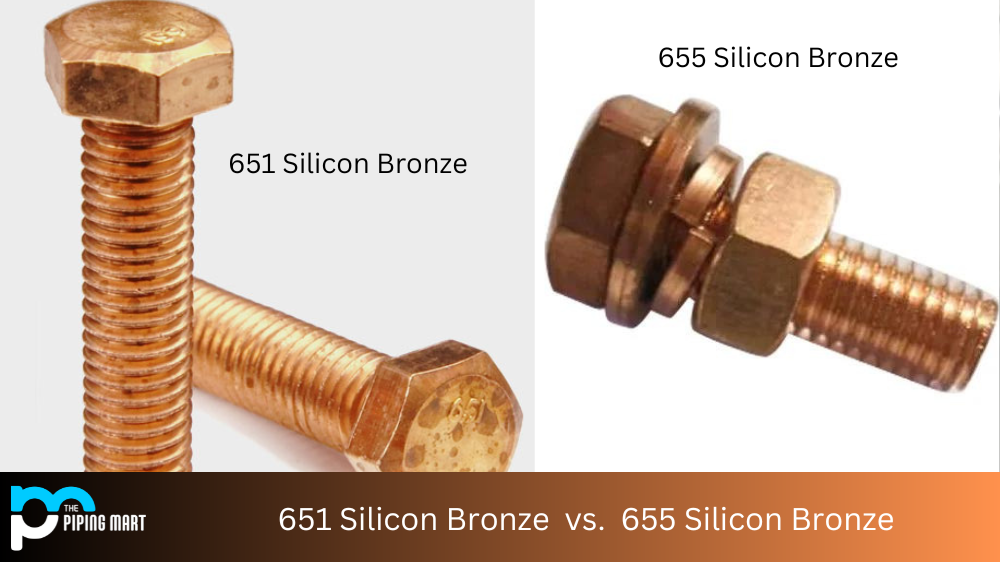Ever wondered whether 400 series stainless steel is magnetic? The answer is complex and depends on the specific alloy that makes up the steel. This blog post will discuss why some 400 series stainless steel sheets are magnetic and why some aren’t—intended audience: engineers, metalworkers, and DIYers.
The 400 stainless steel series contains several different alloys, including 405, 430, 439 and 444. Each of these alloys has its chemical composition that affects its properties in various ways. One key difference is their degree of magnetism – or lack thereof.
The main factor determining whether a given type of stainless steel is magnetic is its austenite/ferrite ratio – also known as its “phase balance”. Austenite refers to the crystalline structure of iron atoms in the material, which gives it certain characteristics such as strength and ductility; ferrite refers to a different crystalline structure which makes it more susceptible to magnetism. If a particular type of stainless steel has a higher proportion of austenite (greater than 50%), then it will not be magnetic; if there is a higher proportion of ferrite (less than 50%), it will be magnetic.
For example, 405 stainless steel contains 11-14% chromium and 0-1% nickel, so it has an austenite/ferrite ratio greater than 50%, making it non-magnetic. On the other hand, 430 stainless steel contains 16-18% chromium and 0-0.75% nickel, so it has an austenite/ferrite ratio of less than 50%, making it magnetic. Similarly, 439 stainless steel has an austenite/ferrite ratio between 45-47%, while 444 has an austenite/ferrite ratio between 39-45%. Therefore, both 439 and 444 are slightly magnetic due to their lower proportions of austenite relative to ferrite.
Conclusion:
In conclusion, whether or not 400 series stainless sheets of steel are magnetic depends on their specific chemical composition – specifically their austenite/ferrite ratio – with those containing a higher proportion of ferrites being more likely to exhibit magnetism than those containing mostly austenites. This knowledge can help engineers and metalworkers select the right type for any given application based on its degree of magnetism or lack thereof!
Meet Heer, a dynamic and driven writer learning tricks of her trade in the metal industry. With a background in Digital Marketing, Heer brings a unique perspective to her writing, sharing valuable insights. Apart from blogging she like reading and hiking.




